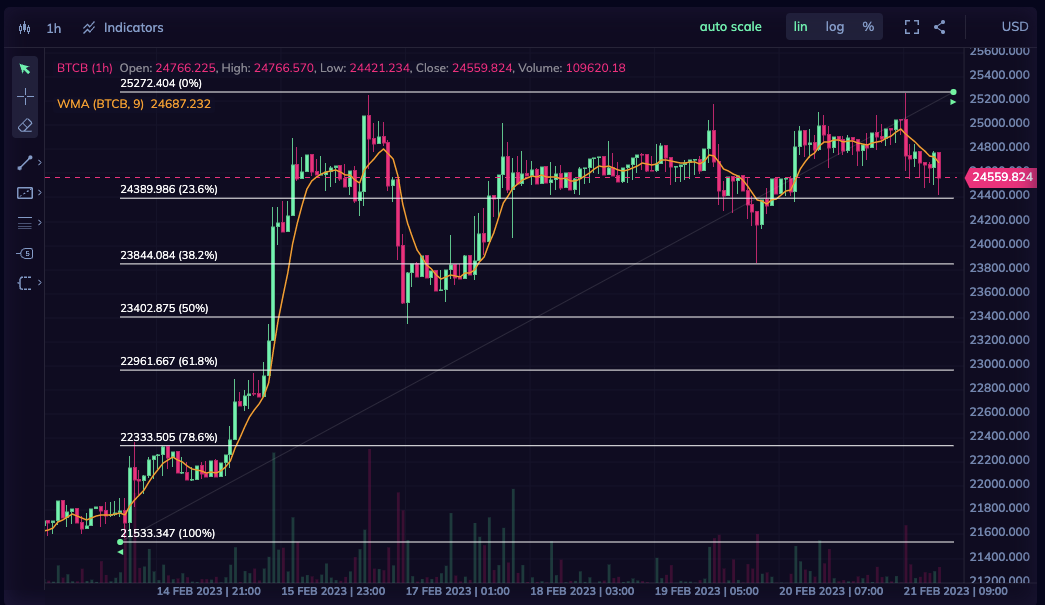Distributed ledger technology (DLT).
Distributed ledger technology (DLT) is a decentralized system that allows for secure, transparent, and tamper-proof recording of data.

Distributed ledger technology (DLT) is a decentralized system that allows for secure, transparent, and tamper-proof recording of data. It is a type of database that is distributed across a network of computers, where each computer has a copy of the database. DLT has gained popularity in recent years, especially with the rise of cryptocurrencies like Bitcoin and Ethereum.
Definition
DLT is a digital ledger of transactions that is maintained by a network of computers, rather than a central authority. It enables parties to record and verify transactions in a secure and transparent way, without the need for intermediaries.
History
The concept of distributed ledger technology dates back to the 1970s, with the development of the first electronic cash system. However, the first practical implementation of DLT was with the creation of Bitcoin in 2008. Bitcoin introduced the concept of a decentralized digital currency, where transactions are recorded on a distributed ledger called the blockchain.
How it works
DLT uses cryptography to ensure the integrity and security of data. The ledger is maintained by a network of computers, where each computer has a copy of the database. Transactions are recorded on the ledger in blocks, which are then linked together in a chain. Each block contains a cryptographic hash of the previous block, which creates an immutable and tamper-proof record of all transactions.
Examples
- Bitcoin: Bitcoin is the first and most well-known example of a DLT-based cryptocurrency. It uses the blockchain to record and verify transactions.
- Ethereum: Ethereum is a DLT-based platform that enables developers to build decentralized applications (dApps) using smart contracts. It uses the blockchain to record transactions and execute smart contracts.
- Hyperledger Fabric: Hyperledger Fabric is an open-source DLT platform that is designed for enterprise use cases. It provides a modular architecture that allows for customization and scalability.
Interesting facts
- The total market capitalization of cryptocurrencies reached over $2 trillion in 2021, driven largely by the popularity of DLT-based cryptocurrencies like Bitcoin and Ethereum.
- DLT has the potential to revolutionize various industries, including finance, healthcare, and supply chain management.
- DLT-based systems have the potential to reduce fraud and increase transparency, as all transactions are recorded on a tamper-proof ledger.
- DLT has the potential to disrupt traditional intermediaries, such as banks and financial institutions, by enabling peer-to-peer transactions.
In conclusion, distributed ledger technology is a decentralized system that enables secure, transparent, and tamper-proof recording of data. It has gained popularity in recent years, especially with the rise of cryptocurrencies like Bitcoin and Ethereum. DLT has the potential to revolutionize various industries, and its impact on the world is only beginning to be realized.




